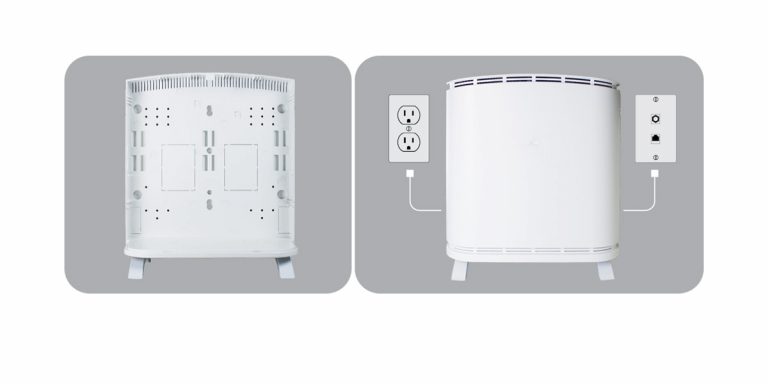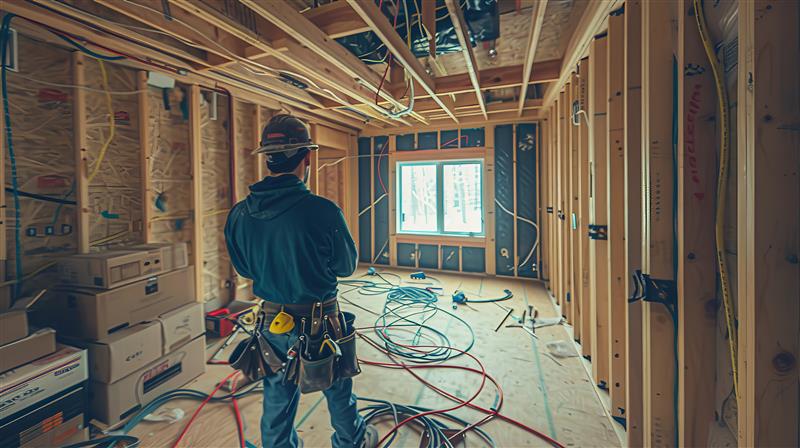November 5, 2025
Structured Wiring Still Matters: Why FTTH Deployments Need a Wired Backbone

In the race to deliver fast, reliable broadband to U.S. homes, fiber-to-the-home (FTTH) deployments are expanding rapidly. Yet while fiber is transforming last-mile connectivity, the internal wiring within the home still plays a critical role in ensuring performance, reliability, and security. As device counts surge and remote work, streaming, and smart home features become standard, structured wiring is increasingly being recognized as a foundational element in high-performing home networks.
Why Structured Wiring Is Still Relevant in a Wireless World
WiFi is indispensable, but it isn’t infallible. Signal degradation, interference, and bandwidth bottlenecks are common in homes with multiple users and connected devices. Structured wiring complements WiFi by providing a stable, high-bandwidth backbone for core applications like work-from-home setups, streaming, and gaming.
Unlike ad hoc cabling or over-the-air reliance, structured wiring uses a planned, centralized architecture, which is often centered around a media panel, to route fiber, Ethernet, and coax where it’s needed. It simplifies installation, supports higher throughput, and reduces troubleshooting.
Wired Connections Strengthen Security
Security is a growing concern for broadband providers and developers alike. Structured wiring minimizes exposure to common wireless vulnerabilities. A physical, point-to-point network setup reduces the risk of interference and unauthorized access, especially for security devices like smart cameras and sensors.
When used with Power over Ethernet (PoE) devices, structured wiring can also reduce reliance on home electrical outlets, eliminating risks associated with unsecured, plug-in network extenders or WiFi bridges.
Support for Smart Home Devices and Futureproofing
From lighting controls and video doorbells to smart thermostats and energy monitors, the number of PoE-powered devices is growing. These systems often demand a more reliable, wired connection. Structured wiring provides the physical infrastructure needed to support these technologies now and in the future. As device counts grow (now averaging 21 per home up from 11 in 2019) structured cabling helps ensure that performance doesn’t suffer due to WiFi congestion or poor signal quality.
Deployment Made Easier with the Right Solutions
For broadband installers working on FTTH projects, structured wiring doesn’t have to complicate the job. Media panels like the Primex P3000 for new builds and PR10 for retrofit projects offer a secure, centralized point for routing Ethernet and fiber, supporting clean installations and future serviceability. Products like the FTC2 Fiber Wall Plate simplify in-room terminations, making it easier to maintain signal integrity in retrofit or greenfield settings.
These structured cabling tools are ideal for:
- Single-family FTTH deployments
- Multi-dwelling unit (MxU) builds
- Managed WiFi and smart community developments
Why It’s Good for Business
Structured wiring reduces rework, simplifies maintenance, and creates a professional install standard that benefits both ISPs and homeowners. As providers work to meet BEAD program goals and expand service into more communities, structured wiring helps deliver reliable connectivity that’s easier to support long-term.
Wireless is here to stay, but so is the need for a strong wired foundation. Structured wiring strengthens the entire network, reduces friction for installers, and ensures FTTH projects deliver the speed, security, and performance that customers expect.
Oldcastle Infrastructure supports smarter broadband deployment with media panels, fiber wall plates, enclosures, and fiber routing tools that make structured wiring easier to plan and install. Explore our Communications Solutions to see how we help you connect more homes, more efficiently.



